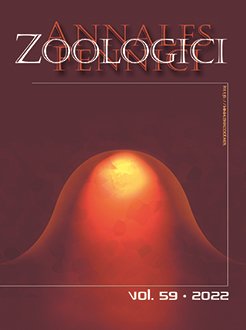Clear correlations between human and bird visual assessments of color have been documented, and are often assumed, despite fundamental differences in human and avian visual physiology and morphology. Analyses of plumage colors with avian perceptual models have shown widespread hidden inter-sexual and inter-specific color variation among passerines perceived as monochromatic to humans, highlighting the uncertainty of human vision to predict potentially relevant variation in color. Herein, we use reflectance data from 13 Larus gull species as an exemplar data set to study concordance between human vision and avian visual modeling of feather colors near, or below, the human threshold for discrimination. We found little evidence among gulls for sexual dichromatism hidden from human vision, but did find inter-specific color variation among gulls that is not seen by humans. Neither of these results were predictable a priori, and we reassert that reflectance measurements of actual feather colors, analyzed with avian relevant visual models, represent best practice when studying bird coloration.
How to translate text using browser tools
20 June 2022
Gull Plumages are, and are Not, What They Appear to Human Vision
Muir D. Eaton,
Pilar Benites,
Luke Campillo,
Robert E. Wilson,
Sarah A. Sonsthagen
ACCESS THE FULL ARTICLE

Annales Zoologici Fennici
Vol. 59 • No. 1
January 2022
Vol. 59 • No. 1
January 2022




